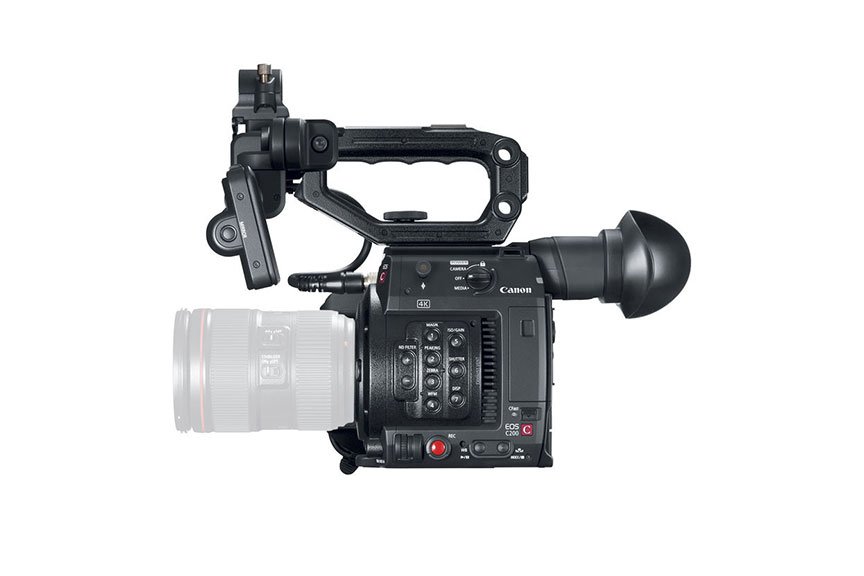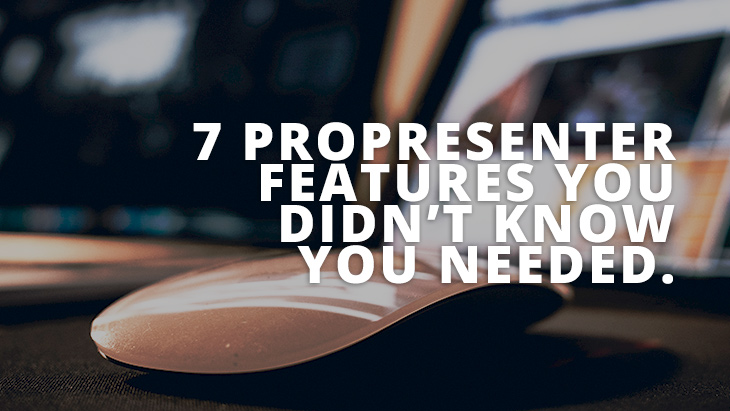Finally.
As a long-time Canon shooter, I have always loved the look of the C series cameras in Canon’s lineup. There’s just something about the colors, noise pattern, ruggedness, and form factor that a spec sheet could never fully describe. While I still constantly reach for a C series camera for the majority of our shoots, I can’t seem to drop this nagging feeling that Canon is falling behind other video camera manufacturers.
Maybe it’s the exciting product releases that manufacturers like Sony and RED seem to be constantly releasing. Maybe it’s the eye-popping spec sheets accompanying these new products (ISO 25,000+ on a video camera… What!? 8K resolution… How!?). Or maybe it’s just symptoms of gear-envy and the constant need to feel like I’m “progressing” by buying something new. Whatever the case may be, it’s been difficult to get excited about any of Canon’s releases over the past couple of years. On paper, they always seem to feel a year or two behind.
This year, it’s different.
Before I explain, let’s get one thing straight: Despite the relatively “slow” product development cycles, I still am a big fan of all of the C series cameras. Across the entire range, from the C100 Mark II to the C700, you know you’re going to get a stunning image with solid low light capabilities, great dynamic range, good highlight roll-off, and beautiful colors.
Canon just announced a new addition to the C series family—the C200. Priced around $7,500, it fits perfectly between the C100 Mark II and the C300 Mark II. However, as far as features go, it definitely leans more toward its big brother than Canon’s entry-level camera.
For these five reasons, I am finally excited about Canon’s latest release. (Note that this is completely based on what we are seeing in blog posts and product listings since the camera is not yet available as of writing.)
1. Recording Format
I have always said that the thing that has plagued Canon’s DSLRs and lower-priced cinema cameras are the codecs and bitrates. An image that’s being heavily compressed by a weak on-board computer is almost always going to look bad, no matter how good the glass and sensor are. External recorders help but add bulk and cost.
The C200 is being shipped with internal Canon RAW Light recording capabilities. While it’s not a one-size-fits-all solution, it’s great for those moments where you know you’ll want to push a color grade, need a few more stops of dynamic range, or want to do some high-quality keying. A high quality XF AVC codec will also be added as a free update in Q1 2018. While it’s unfortunate that this codec is not available at launch, it will be a welcomed addition to camera operators who want high bitrate but don’t quite need to shoot RAW. The new options is a major step up from what is available in the C100 Mark II and makes this camera a great suitor for wedding videographers, documentarians, commercial productions, and broadcast environments.
2. Frame Rates
The latest trends in video are speed ramping and slow-mo. While I’m not a fan of applying these to EVERYTHING, it’s definitely nice to have the capabilities built into your camera without the need to rent or have a second camera. Haivng 60 FPS at 4K and 120 FPS in HD are fantastic additions to a lower-priced Canon cinema camera.
3 & 4. LCD Touchscreen + Autofocus
I was going to make these two separate points but I believe they belong together. I might be most excited about the removable LCD panel and the variety of viewing positions. While having a highly skilled and talented focus-puller is still going to be my preferred option, a lot of budgets and situations simply do not allow for it. Canon’s dual pixel autofocus has always been very good, especially when coupled with the right lenses, and the ability to focus by tapping a touchscreen makes it even better. Canon’s cinema cameras already had some of the best and fastest ergonomics on the market and this impressive LCD improves it even further.
5. Audio Controls
Now that the audio inputs have been moved onto the body, the camera should feel more balanced. This will also allow for XLR inputs when the camera is in a cage or needs to be in a space without the top handle. Additionally, moving the volume control to the back again improves the ergonomics and everyday usability of the camera.
The C200 is far from perfect and far from the most eye-popping camera release in recent years, but it is a great step in the right direction for Canon. They did not make a camera that will make you say “wow” a hundred times when you’re reading a blog post review, but they are making cameras that consistently get the job done and do it well.
Wedding and event videographers, documentary run-and-gun shooters, commercial shoots—you name it. If this camera holds up to what’s promised in the spec sheet and early looks, Canon will have a camera that has a place in almost everyone’s kit.





